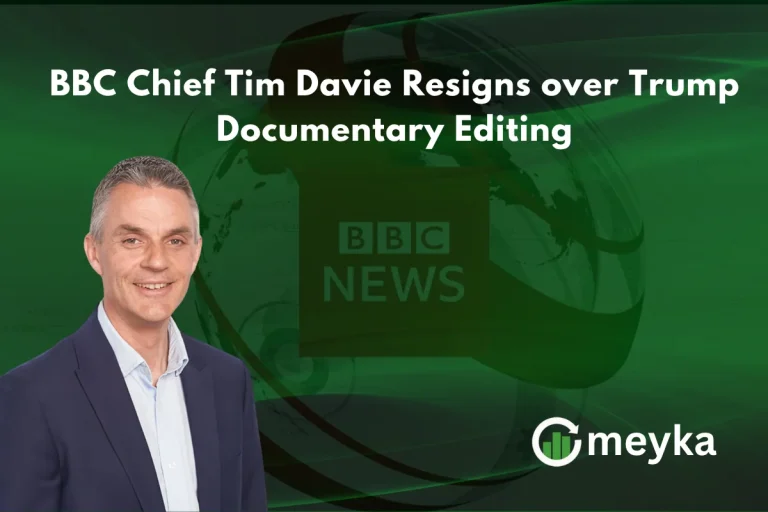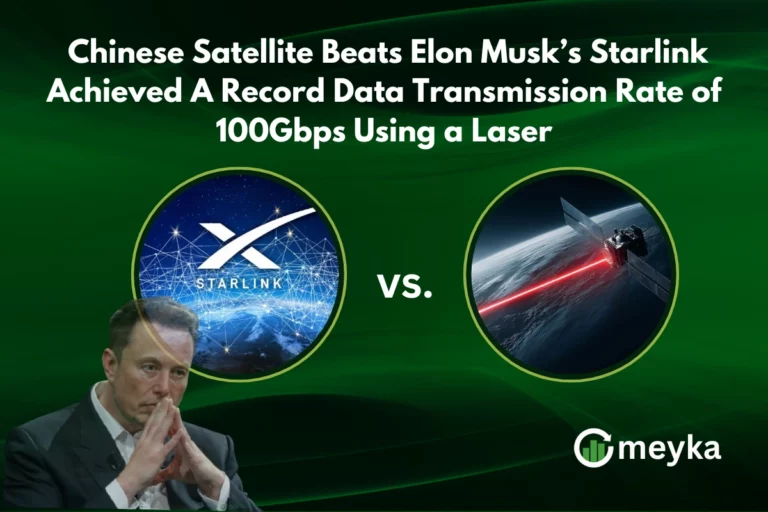Tesla Signs $2 Billion Battery Supply Deal with Samsung SDI for Energy Storage Systems
Tesla has officially signed a $2 billion long-term battery supply agreement with Samsung SDI, marking one of the most significant partnerships in the global energy storage industry. The deal will supply advanced cylindrical batteries for Tesla’s expanding Energy Storage Systems (ESS), including Megapack and Powerwall units. This move strengthens Tesla’s ambition to become a dominant force not just in electric vehicles, but in worldwide renewable energy storage.
With renewable energy demand rising and countries shifting toward carbon-neutral goals, the agreement positions both companies as key players in the future of clean power infrastructure.
Inside the Tesla–Samsung SDI Deal
According to reports published by Reuters, Samsung SDI will begin supplying batteries to Tesla from 2024 onward. These batteries will not be used for electric vehicles but specifically for energy storage projects, which Tesla has identified as one of its fastest-growing business areas.
Tesla’s official quarterly report on Tesla.com shows that its energy division recorded record-breaking deployments in the last year, with Megapack installations growing faster than EV deliveries.
This partnership ensures Tesla has a reliable second supplier outside of Chinese manufacturers, helping reduce its dependence on CATL and other Asia-based suppliers.
Tesla’s Push Beyond Electric Cars
While Tesla is best known for producing electric vehicles, CEO Elon Musk has repeatedly stated that Tesla Energy could one day surpass the automotive business. The company already deploys large-scale battery systems in countries like Australia, the UK, and the United States.
Some of Tesla’s well-known energy products include:
| Product | Purpose | Customer Type |
| Powerwall | Home energy storage | Residential |
| Powerpack | Mid-size storage | Commercial |
| Megapack | Grid-scale battery farms | Utilities & Governments |
With Samsung SDI onboard, Tesla can now ramp up Megapack production at its dedicated Megafactory in California and its new facility in Shanghai.
Why the Energy Storage Market Is Booming
The renewable energy problem has never been generating electricity; it has always been storing it. Solar panels don’t work at night, and wind turbines only work when the wind blows. That makes battery storage a critical part of the clean energy future.
Global agencies like the International Energy Agency (IEA) explain that to reach net-zero emissions, the world needs at least 50 times more grid battery capacity by 2040.
Tesla, already a leader in electric vehicles, now aims to lead the battery storage sector as well.
Stock Market Impact: Tesla and Samsung SDI
The deal could have a direct impact on both companies’ market performance:
- Tesla (NASDAQ: TSLA) continues to diversify beyond EVs, a positive sign for long-term investors.
- Samsung SDI (KRX: 006400) strengthens its global position against LG Energy Solution and CATL.
- Investors tracking stock research trends are now adding battery storage companies to the same list as AI stocks, since both sectors drive future technology infrastructure.
Financial analysts expect steady revenue growth for Samsung SDI as Tesla ramps up orders, while Tesla gains stability from having multiple battery suppliers.
Why Tesla Chose Samsung SDI
Samsung SDI is known for:
✅ High-density lithium-ion cells
✅ Long lifecycle performance
✅ Strong safety and stability ratings
✅ Fast development of next-gen solid-state batteries
The company previously supplied batteries for BMW, Stellantis, and Rivian. Partnering with Tesla now gives it a huge advantage in long-term storage markets.
Official product details can be found at: SamsungSDI.com
Where Tesla Will Use the New Batteries
Tesla plans to use Samsung SDI batteries in:
- Megapack battery plants
- Utility-scale power grid storage
- Solar farm energy backup networks
- Industrial and commercial projects
- Global Powerwall installations
Several countries have already signed contracts with Tesla for long-term renewable storage, including Australia, Japan, Ireland, and the US state of California.
Connection Between Energy Storage and AI
Although this deal is not directly related to AI stocks, the global shift toward automation, smart grids, and intelligent power systems means AI and energy storage are becoming interconnected industries.
Smart grids that manage battery storage use AI to:
- Monitor power supply
- Predict energy demand
- Reduce waste and blackout risk
- Optimize renewable output
That means the battery market could soon see the same growth momentum seen in AI investment trends.
Conclusion
The $2 billion Tesla-Samsung SDI deal is more than a business agreement; it is a strategic move that accelerates the global transition to clean energy. Tesla gains a high-quality, long-term battery supplier, while Samsung SDI becomes a central player in the worldwide storage revolution.
As demand for renewable energy and grid-scale batteries continues rising, this partnership sets the stage for a new era where energy storage becomes as profitable and essential as electric vehicles.
Both companies now stand at the center of one of the most important industrial shifts of the 21st century, a future powered not by fuel, but by batteries.
FAQs
No, the batteries from Samsung SDI will be used only in Tesla’s Energy Storage Systems, like Megapack and Powerwall, not in Model 3, Y, S, or X vehicles.
Because renewable energy cannot work at scale without large battery backups. Tesla believes its energy division could eventually become bigger than its automotive business.
It could strengthen investor confidence since Tesla has now secured a battery supply for its fastest-growing business sector: energy storage.
Disclaimer:
The content shared by Meyka AI PTY LTD is solely for research and informational purposes. Meyka is not a financial advisory service, and the information provided should not be considered investment or trading advice.






